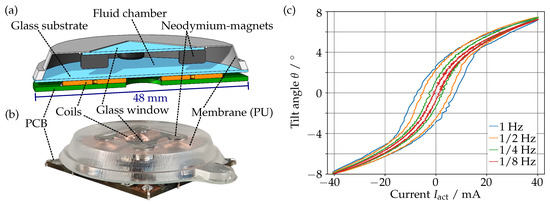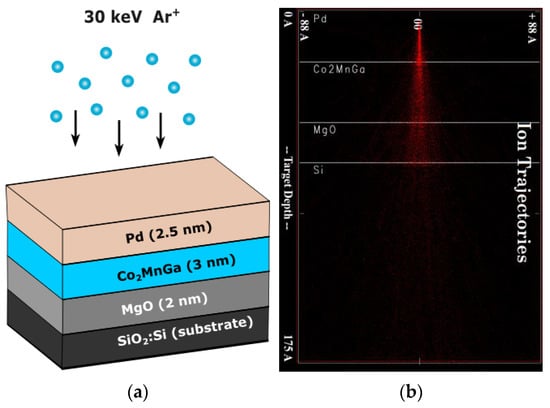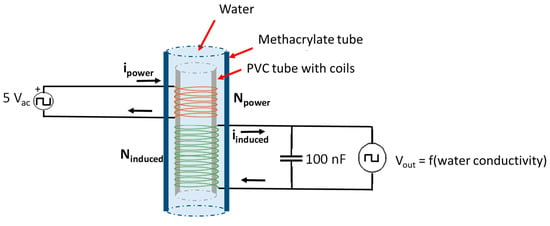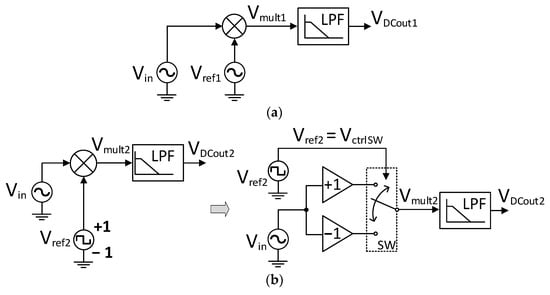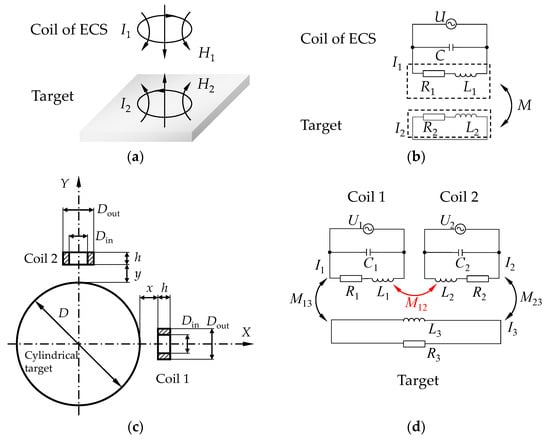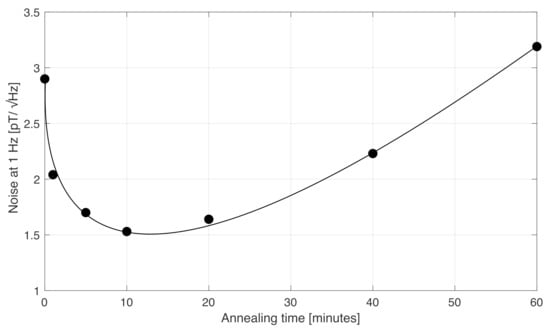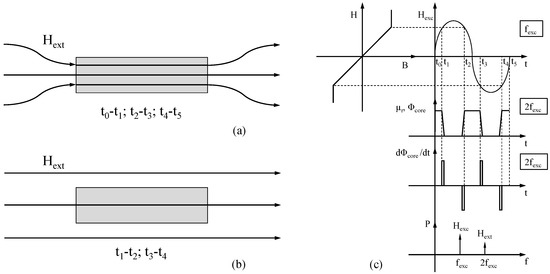Magnetic Sensors
A topical collection in Sensors (ISSN 1424-8220). This collection belongs to the section "Physical Sensors".
Viewed by 22488Editors
Interests: magnetic materials and applications; amorphous nano-crystalline and granular magnetic materials; hysteretic magnetic properties; magnetic wires; transport properties (giant magneto-impedance effect, magneto-resistance); magnetic sensors
Special Issues, Collections and Topics in MDPI journals
Interests: magnetic sensors; magnetic diagnostics; embedded electrostatic sensors; electromagnetic modelling; high-voltage measurement and modelling; active control; nuclear fusion science and technology
Special Issues, Collections and Topics in MDPI journals
Topical Collection Information
Dear Colleagues,
Magnetic sensors play an important role in many industries (microelectronics, security and electronic surveillance, automotive, aerospace and aircraft, home entertainment, computer science, electrical engineering, magnetic recording, construction monitoring, sensorics among others), providing the ability to detect events or changes in the environment and monitor such events through other electronic devices, for example, through a computer processor. Therefore, research and development in the field of magnetic sensors have recently attracted great attention from academia and industry.
In the last several years, numerous high-profile papers have been published by the community involved in the field related to development and design of novel high-performance magnetic sensors.
Recent trends in magnetic sensorics are focused on miniaturization, the improvement of features, and the finding of new operating principles based on fundamental studies of new materials and phenomena.
This Topical Collection will focus on the latest developments, research findings, ideas for highly sensitive magnetic devices and applications, and magnetic sensing technology, focused on basic phenomena and fundamental aspects of magnetic materials suitable for magnetic sensors and applications as well as on wireless non-destructive control and monitoring, wearable electronics, and medicine involving magnetic sensorics.
Both reviews and original research papers will be considered. Reviews should provide an up-to-date, well-balanced overview of the current state of the art of a particular application and include the main results from other groups.
The topics of this Topical Collection encompass but are not restricted to the following areas:
- Magnetic sensors and actuators including, Hall-effect devices, magnetometers, magnetoimpedance sensors, magnetoresistance sensors, magnetoelastic sensors;
- Novel magnetic materials for sensor and actuator applications and their advanced processing;
- Fundamentals and physics involving basic effects, theory, modeling of magnetic sensors;
- Magnetic measurements and instrumentation, measurement standards;
- Smart materials and composites for wireless and non-destructive control including tunable metamaterials;
- Development of magnetic sensors applications including biomedicine, electronic surveillance, electrical engineering, informatics, magnetic recording, construction monitoring, automobile and aircraft industries, among other
Prof. Dr. Arcady Zhukov
Prof. Dr. Nicolò Marconato
Collection Editors
Manuscript Submission Information
Manuscripts should be submitted online at www.mdpi.com by registering and logging in to this website. Once you are registered, click here to go to the submission form. Manuscripts can be submitted until the deadline. All submissions that pass pre-check are peer-reviewed. Accepted papers will be published continuously in the journal (as soon as accepted) and will be listed together on the collection website. Research articles, review articles as well as short communications are invited. For planned papers, a title and short abstract (about 100 words) can be sent to the Editorial Office for announcement on this website.
Submitted manuscripts should not have been published previously, nor be under consideration for publication elsewhere (except conference proceedings papers). All manuscripts are thoroughly refereed through a single-blind peer-review process. A guide for authors and other relevant information for submission of manuscripts is available on the Instructions for Authors page. Sensors is an international peer-reviewed open access semimonthly journal published by MDPI.
Please visit the Instructions for Authors page before submitting a manuscript. The Article Processing Charge (APC) for publication in this open access journal is 2600 CHF (Swiss Francs). Submitted papers should be well formatted and use good English. Authors may use MDPI's English editing service prior to publication or during author revisions.
2023
Jump to: 2022
2022
Jump to: 2023
Planned Papers
The below list represents only planned manuscripts. Some of these manuscripts have not been received by the Editorial Office yet. Papers submitted to MDPI journals are subject to peer-review.
Title: Design of integrated micro-fluxgate magnetic sensors: advantages and challenges of numerical analyses
Authors: Nicolo' Marconato
Affiliation: University of Padova
Abstract: Miniaturization and on-chip integration is a major line of research in many branches of science and technology developments, undoubtedly in sensor technology. Fluxgate magnetometers are very sensitive and accurate magnetic sensors able to detect weak fields both AC and DC, which in recent years saw a great effort in minimizing their dimensions, weight, and power consumption. The physics behind the fluxgate principle is rather complex and makes simulations difficult and only partially used in the literature. The limited physical access to micro sensors for measurements and the need to optimize the whole integrated system, including the magnetometer geometry and the excitation and readout circuits, make instead numerical analyses particularly useful in the design of miniaturized sensors.
After a thorough review of the miniaturized solutions proposed so far, the present paper examines in detail the possibility to adopt a model based approach for designing miniaturized fluxgate sensors. The model of the fluxgate effect of two different technologies proposed in literature has been implemented to benchmark the simulation results with real data. Besides the advantages for an optimized design, the implementation and computational challenges of the numerical analyses are precisely outlined.








